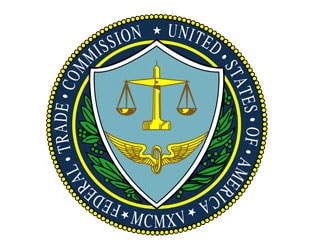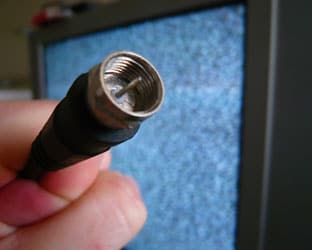 Broadcasters do not like pulling their programming during a testy retransmission negotiation – but it wonders why 75% of the disputes leading to blackouts involve just three MVPDs.
Broadcasters do not like pulling their programming during a testy retransmission negotiation – but it wonders why 75% of the disputes leading to blackouts involve just three MVPDs.
NAB’s Dennis Wharton said, “Broadcasters sympathize with viewers used as pawns by Time Warner Cable, DISH Network and DirecTV in program carriage disputes. The fact is there are more than 5,800 pay TV providers across America. Yet since 2000, just 0.3% of pay TV companies have EVER been involved in a program dispute resulting in a disruption of local television service.”
Wharton continued, “It’s no coincidence that Time Warner Cable, DISH and DirecTV are responsible for three out of every four retransmission consent disruptions in 2012. Rather than negotiate in the free market for the most popular programming on TV, this cozy pay TV cabal is manufacturing a phony crisis in hopes that Congress will fix a ‘problem’ that these companies are creating.”
Wharton cited the Television and Cable Factbook 2012 (number of MVPDs) and SNL Kagan (% involved in a blackout) to back up his statistics.
Two of the three mentioned by Wharton are currently locked in high-profile blackout situations. TWC is duking it out with broadcaster Hearst, and DirecTV is in a struggle over compensation for the basic cable lineup offered by Viacom.
American Cable Association’s Matt Polka took exception to the NAB position. Noting that broadcasters are simply leveraging “monopoly market power,” he said, “The evidence is convincing that the market is broken and that rules and regulations that pre-date Netscape’s IPO need to be modernized to reflect current market conditions that too often leave consumers in the dark because of the sheer greed exercised by those who like to say they offer ‘Free TV,’ ACA strongly endorses lawmakers on Capitol Hill who agree that the time for change is now.”
RBR-TVBR observation: MVPDs seem to routinely assume that if Congress and the FCC get involved in this MVPDs will automatically be the winners. We’re not so sure. It’s a rarity for an MVPD to offer its own local programming, meaning they provide no public service benefit in terms of news, information and critical emergency service. Furthermore, week in and week out Nielsen finds that more than 90 of the top 100 programs come from broadcast outlets.
With those two incontrovertible facts on the table, we believe that broadcasting is delivering much higher value than this trio of MVPDs wishes to pay.
Right now the MVPDs are attempting to win a PR shouting match. However, we believe that any honest assessment of this situation in Washington will easily wind up with the broadcast position on top.
As to the question as to how all this might play out inside the Beltway, all we can say is who knows? – we’re talking about Washington DC.
As for the leveraging monopoly power comments from ACA, we can only say, huh? Most consumers have the choice of one cable company – meaning no choice – or one of the two satellite companies. Moving from one to the other is highly inconvenient, so the monopoly power remains where it has always been, with local MVPDs. That is precisely why they have to be franchised by local governmental authorities. Sure, there are television duopolies, and a small handful of duopolies that provide services for a third station, but they are hardly the rule. The closest broadcast comes to a monopoly is where markets are so small there are only two, three or four stations, period.
Furthermore, if broadcasters were so successful enforcing their monopoly, they’d be getting much more than the less-than-10% share of the retransmission pie than they currently pull in.





